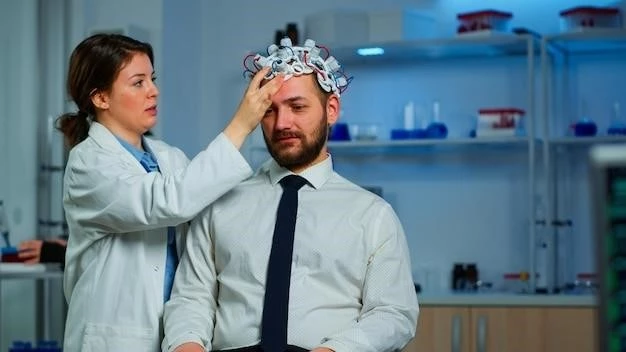Craniosynostosis is a condition where the sutures in a baby’s skull close too early, affecting head shape and brain growth.
Types of Craniosynostosis
There are different types of craniosynostosis, including sagittal, metopic, coronal, and lambdoid synostosis, each affecting different parts of the skull and leading to distinct head shape abnormalities.
Sagittal synostosis affects the top of the head, metopic synostosis involves the forehead, coronal synostosis impacts the sides of the head, and lambdoid synostosis affects the back of the skull.
Understanding the specific type of craniosynostosis is crucial for determining the most effective treatment approach and ensuring the best possible outcomes for the child.
Treatment Options for Craniosynostosis
The treatment of craniosynostosis varies depending on the severity of the condition and the type of synostosis present. Options may include minimally invasive procedures such as cranial helmet therapy or surgery to correct the cranial deformity.
Surgical intervention, like cranial vault remodeling, involves reshaping the skull to allow the brain to grow properly. The timing and type of treatment will be determined by a healthcare provider after careful evaluation and consideration of the individual case.
It’s essential for parents to discuss all available treatment options with their child’s healthcare team to make informed decisions about the best course of action for their child’s craniosynostosis.
Hypertensive Nephropathy⁚ Causes and Symptoms
Learn about the causes and symptoms of hypertensive nephropathy, a condition where high blood pressure damages the kidneys.
Managing Hypertensive Nephropathy
Managing hypertensive nephropathy involves controlling blood pressure through lifestyle changes like a healthy diet, regular exercise, and medication. It’s crucial to monitor kidney function and blood pressure levels regularly to prevent further damage and complications.
Additionally, reducing salt intake, avoiding smoking, and managing stress are essential steps in managing hypertensive nephropathy. Working closely with healthcare providers to create a comprehensive treatment plan can help slow the progression of kidney damage and improve overall quality of life.
Craniosynostosis in Infants⁚ What You Need to Know
Craniosynostosis in infants is a condition where the skull sutures close prematurely, affecting head shape and brain growth. It’s important for parents to be aware of symptoms such as an abnormal head shape, early closure of fontanelles, and developmental delays.
Early diagnosis and intervention are key in managing craniosynostosis in infants. Treatment options may include observation, helmet therapy, or surgery, depending on the severity of the condition. Parents should seek guidance from healthcare professionals to address their child’s unique needs and ensure the best possible outcomes.

Hypertensive Nephropathy Complications
Learn about potential complications of hypertensive nephropathy due to prolonged high blood pressure affecting the kidneys.
Surgical Interventions for Craniosynostosis
When non-surgical treatments are not sufficient, surgical intervention may be necessary. Procedures like minimally invasive endoscopic surgery or traditional open surgeries can be performed to correct craniosynostosis.
The goal of surgical intervention is to release the fused sutures, reshape the skull, and allow for normal brain growth. This process can help prevent potential developmental delays and improve the child’s head shape and overall health.
Discussing the surgical options with healthcare providers and understanding the benefits and risks associated with each procedure are essential steps in deciding the best course of action for managing craniosynostosis effectively.
